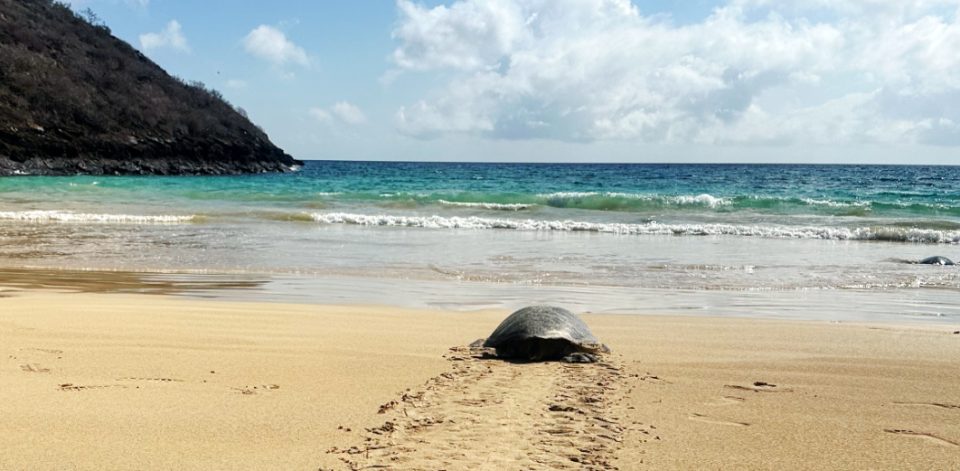
By Thomas Garbelotti on May 3, 2024
Creating accessible web-based content is important for everyone , whether we’re creating public-facing web pages or uploading instructional content. A fundamental aspect of web accessibility involves providing ALT-text for images or graphics. This ensures that screen readers can effectively describe them, aiding users with limited visibility. Moreover, it enhances search engine optimization (SEO), helping search engines in indexing and understanding the content and improving the user experience for those with slow internet connections or facing other technical challenges.
Quite often, though, we rely on our visual bias when creating ALT-text, opting for a brief description that we deem sufficient. While this may seem “good enough,” it most often overlooks the opportunity to enrich the user’s experience significantly.
Take the following image for example:

When manually setting the ALT-text for this image, one might choose a simple description like “Two turtles on a beach”.
While this is not inaccurate, it does a bare minimum in describing the image.
In contrast, using an AI tool like Microsoft Copilot to describe the same image yields a much more vivid description:
A serene beach scene with clear blue skies and a few clouds. In the foreground, there are two large sea turtles on the sand. One is closer to the water’s edge, and another is further back, with distinct tracks in the sand leading from the water to the turtle further up the beach, indicating its path of movement. The ocean appears calm with gentle waves, and in the distance, there is a visible island or hill rising from the sea.
This AI-generated description provides a much richer mental picture, significantly enhancing the content and user experience for everyone. In theory, anyone could create such a description manually, but the AI tool (Copilot, in this case) achieves this efficiently and accurately. And being machine-generated, it may also be more easily consumable by other machines, including screen readers and search engines.
Additional Resources:
- Accessibility Web Access Starter Guide for Content Editors
- Generative AI at UCLA
- How do I add ALT text for an image in Canvas?
- How to Make your Website Accessible
- Microsoft’s Copilot User Guide – authentication required
- UCLA Advanced Research Computing Disabilities and Computing Program
- WordPress Images: ALT text – American Library Association
